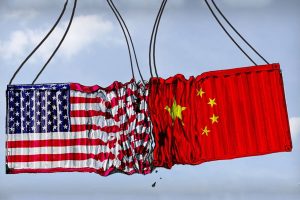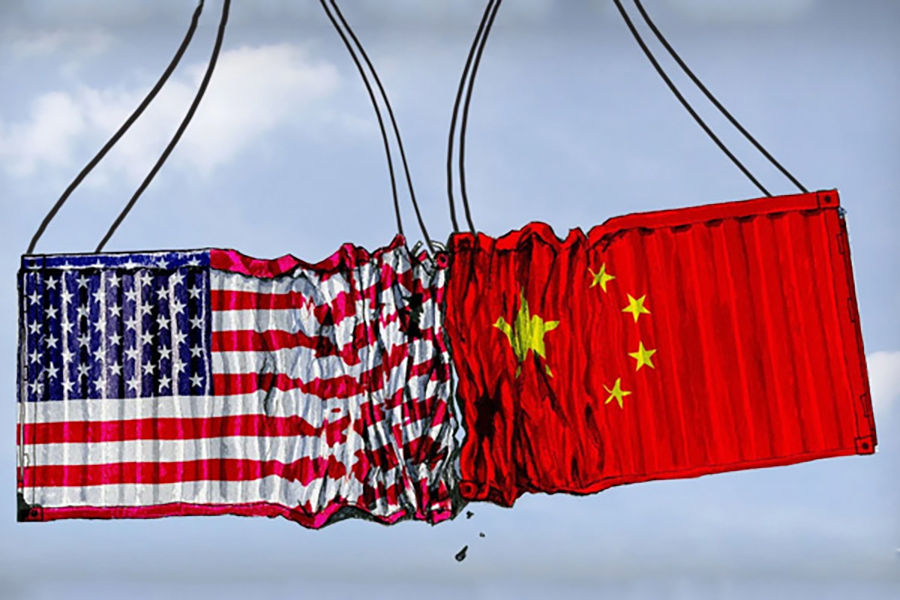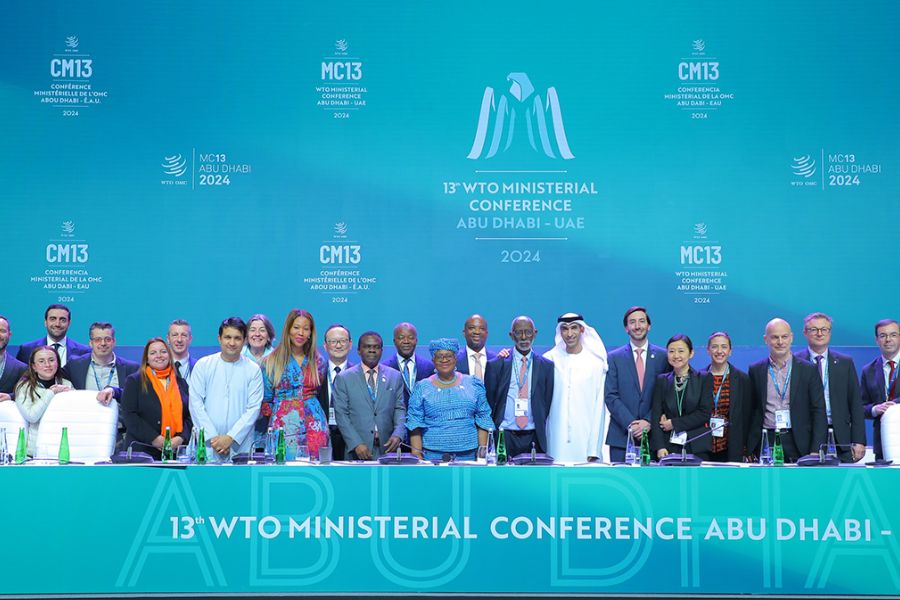Can Indian take advantage of forthcoming new trade sanctions on China?
European Union is cracking down on goods made with forced labor. These new rules would empower customs authorities in EU countries to take products off the market, if they are found to have been made using forced labor. Primarily focusing on China, they address mounting evidence indicating Beijing’s utilization of coerced labor and extensive internment camps to manage the Uyghur ethnic minority in Xinjiang.
This follows the US’ enactment of the Uyghur Forced Labor Prevention Act. Since June 2022, this legislation has prohibited all imports originating from Xinjiang unless importers can demonstrate that the goods were not produced with forced labor.
These current and impending legislations provide an opportunity for India to fill the gap and expand its exports in a number of product categories.

Source: Shutterstock
Foresight is the science of understanding and taking advantage of weak & distant signals to re-align business strategy. Global events are moving faster at an ever-increasing pace within a growingly uncertain business environment.
During the past trade war between US and China, certain US markets opened for higher Indian exports, such as ceramic products and China+1 manufacturing opportunity. However, the major beneficiaries were Vietnam, Indonesia and Bangladesh.
Another opportunity is on the horizon and hopefully, Indian exporters and other stakeholders would take notice and prepare themselves for the ensuing bonanza.
The first is the European Union, which is moving towards its first major law, cracking down on goods made with forced labor. The new rules would empower customs authorities in EU countries to take products off the market if they are found to have been made using forced labor. Primarily focusing on China, they address mounting evidence indicating Beijing’s utilization of coerced labor and extensive internment camps to manage the Uyghur ethnic minority in Xinjiang.
In a significant move in 2021, President Joe Biden of the United States enacted the Uyghur Forced Labor Prevention Act. Since June 2022, this legislation has prohibited all imports originating from Xinjiang unless importers can demonstrate that the goods were not produced with forced labor.
Xinjiang, situated in northwestern China, serves as a key supplier of solar panels, crucial to the global transition toward renewable energy. Additionally, an estimated one in every five cotton garments worldwide contains fibers sourced from this region. India emerges as a significant competitor in the international market for both these commodities.
Xinjiang accounts for over 15% of China’s aluminum production and approximately 9% of the world’s total supply. This aluminum is widely utilized in the global automotive industry for components ranging from engine blocks, vehicle frames to wheels and battery foils.
India is the world’s second largest aluminum producing country. China, having recently claimed the title of the world’s largest car exporter, also leads in the manufacturing of battery-powered electric vehicles. Global companies such as Toyota, Tesla & Chinese BYD companies use these parts to power their export vehicles. Most vehicles are made with Chinese JV companies and till now, they were lenient with the US rules in their exports. However, it seems that screws are being tightened and Indian suppliers should jockey for China+1 strategy.
These are some of the products where India competes with China in the international market.
While the United Kingdom and Canada had earlier aligned with the hard U.S. position on trade with Xinjiang, Brussels and most EU member countries have taken their time to follow suit, but is coming shortly.
As a result, the U.S. has banned imports of cotton, cotton products and some agricultural products from Xinjiang. It has also barred electronics, manufacturing materials, textiles and pharmaceuticals.
As a trade war escalation, it seems, US and EU will shortly sanction Chinese firms aiding Russia’s war efforts. These will mirror sanction which US imposed on Russia. This legislation is also being consider by the EU and may create addition opportunities for export to Russia.
Some of the products mentioned were drones, helmets, vests, radios, vehicles, construction equipment, navigation equipment, jamming technology, fighter jet parts and synthetic materials exported from China. China now accounts for around half (45%-50%) of Russia’s imports, up from one-quarter before the war.
Indian exporters and other stakeholders should prepare themselves for increased supplies to the EU, US as well as Russia.
The author is Research Advisor, Govt. of Guj-AMA Centre of International Trade & Consultant, Centre for VUCA Studies. Views expressed are personal.













Leave a comment